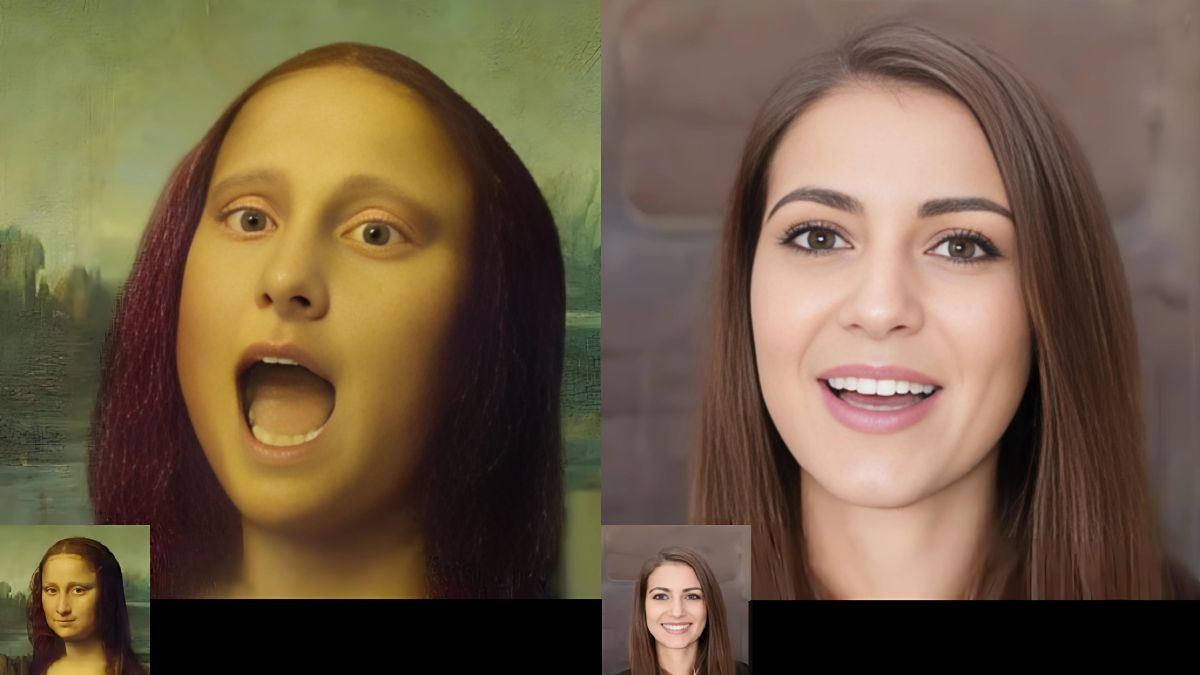Microsoft has unveiled VASA-1, a Deepfake Video Generator capable of producing Deepfake videos featuring human faces.

Named VASA-1, the AI technology transforms a single photo and an audio clip into a convincing deepfake video with synchronized lip movements, facial expressions, and natural head movements.
Microsoft states that VASA-1 won’t be commercialized but will be utilized to develop realistic virtual characters.
Microsoft shared insights into its AI model, VASA-1, capable of producing high-resolution videos at 512 x 512p and up to 40 FPS.
The model boasts minimal starting latency, enabling online video generation swiftly.
Kaio Ken shared a video demonstrating VASA-1’s capabilities on X.
VASA-1’s success lies in its capability to produce high-quality, one-minute-long videos using just a single static image.
It emphasizes generating synchronized lip movements and facial expressions corresponding to the audio file.
The AI model provides users with precise control over various aspects like eye gaze direction, head distance, and emotional expressions.
These attribution controls allow users to modify the output according to their specific instructions, including appearance, 3D head pose, and facial dynamics.
The AI model demonstrated the ability to generate videos incorporating artistic photos, singing audio, and non-English speech.
Microsoft researchers emphasize that the model acquired these capabilities without direct data training, suggesting self-learning capabilities.
The AI model’s ability to generate hyperrealistic videos of real people with any accompanying audio is certainly impressive from a technological standpoint.
However, this capability also raises important ethical concerns, particularly around the potential for misuse in creating deepfakes.
The company has stated that they do not intend to release this AI model to the general public. Instead, their aim is to leverage the technology to create virtual interactive characters.
Microsoft highlighted the potential of their technique for forgery detection advancement. They emphasized the positive impacts of their research, including enhancing educational equity, aiding individuals with communication challenges, and providing companionship or therapeutic support.
Despite acknowledging potential misuse, Microsoft is committed to developing AI responsibly to promote human well-being.
Related Stories:
